Powerhouse Brattørkaia: The Energy-Producing Office Building
Designed by Snøhetta, Powerhouse Brattørkaia is the world’s northernmost energy-positive building. And now it’s been completed, it is not only providing office space for businesses, but powering other structures in the local area
Brooks + Scarpa's redevelopment project for LA’s Flower Market has received approval from the Los Angeles City Planning Commission, giving the green light for the construction of a new 15-storey building that will include more than 300 residential units.
The project will see the demolition of a southern building on the current site, and the renovation of a northern building. The new additional tower will also be split in three to allow space for three roof decks.
The site will also remain host to the commercial flower market, providing 64,000 square feet of wholesale space as well as 10,000 square feet of event space. The flower market will remain in operation throughout construction.
As well as providing a vital heart to the project, the flower market also provides visual inspiration for its design. Brooks + Scarpa have opted to use bright colours throughout the project in reference to the flowers.
Pending additional approvals, the $170m project will begin construction by the end of the year, and is expected to be completed by 2022.
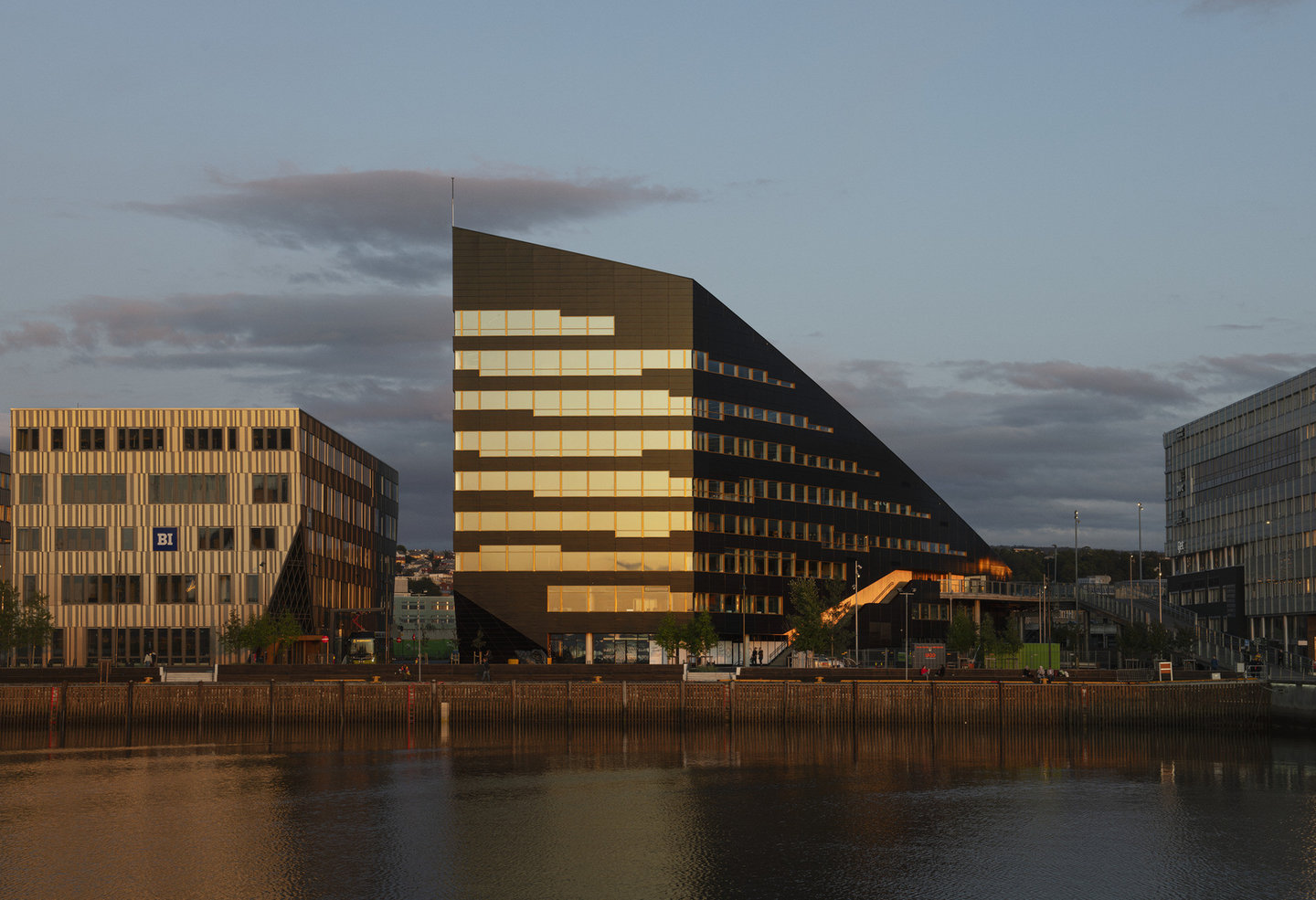

Located in Trodnheim, Norway, Powerhouse Brattørkaia is designed to produce more energy than it will consume over its entire lifespan – including its construction and demolition, and according to architects Snøhetta, “set a new standard for the construction of the buildings of tomorrow” in the process.
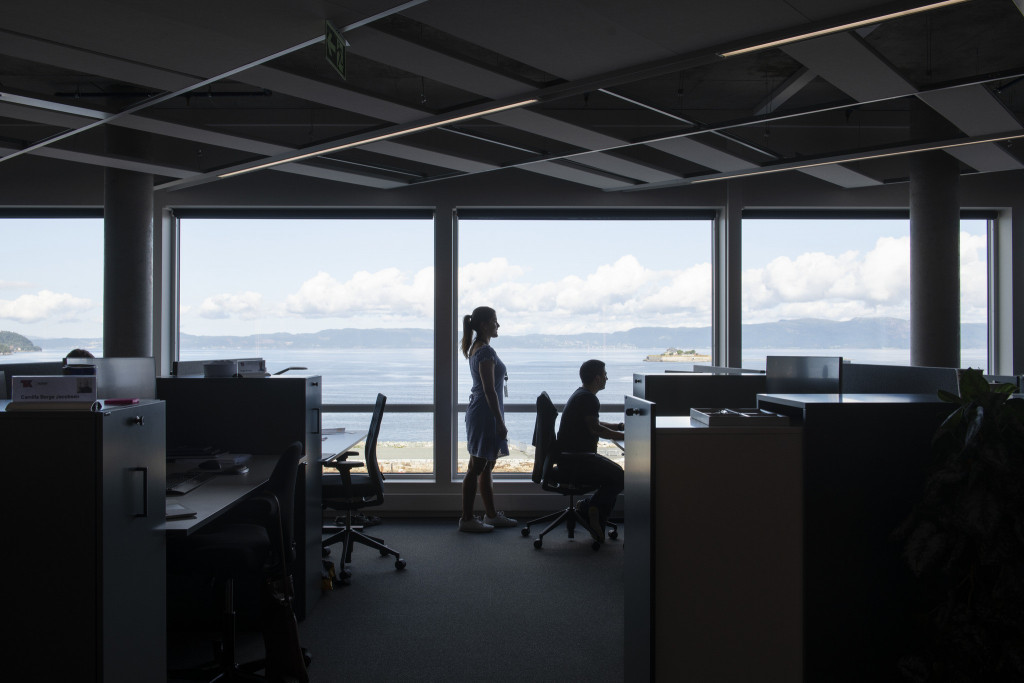
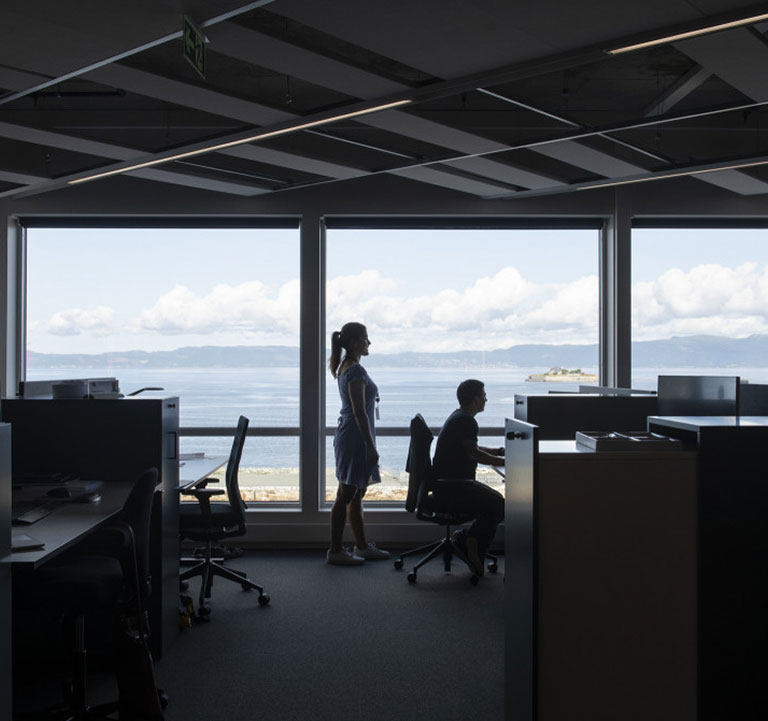
With a gross area of 17,900m2, the office building features open spaces and large glass windows to provide a relaxing working environment that relies largely on natural light, with panoramic views of the Trondheim Fjord that can be seen from workers’ desks.
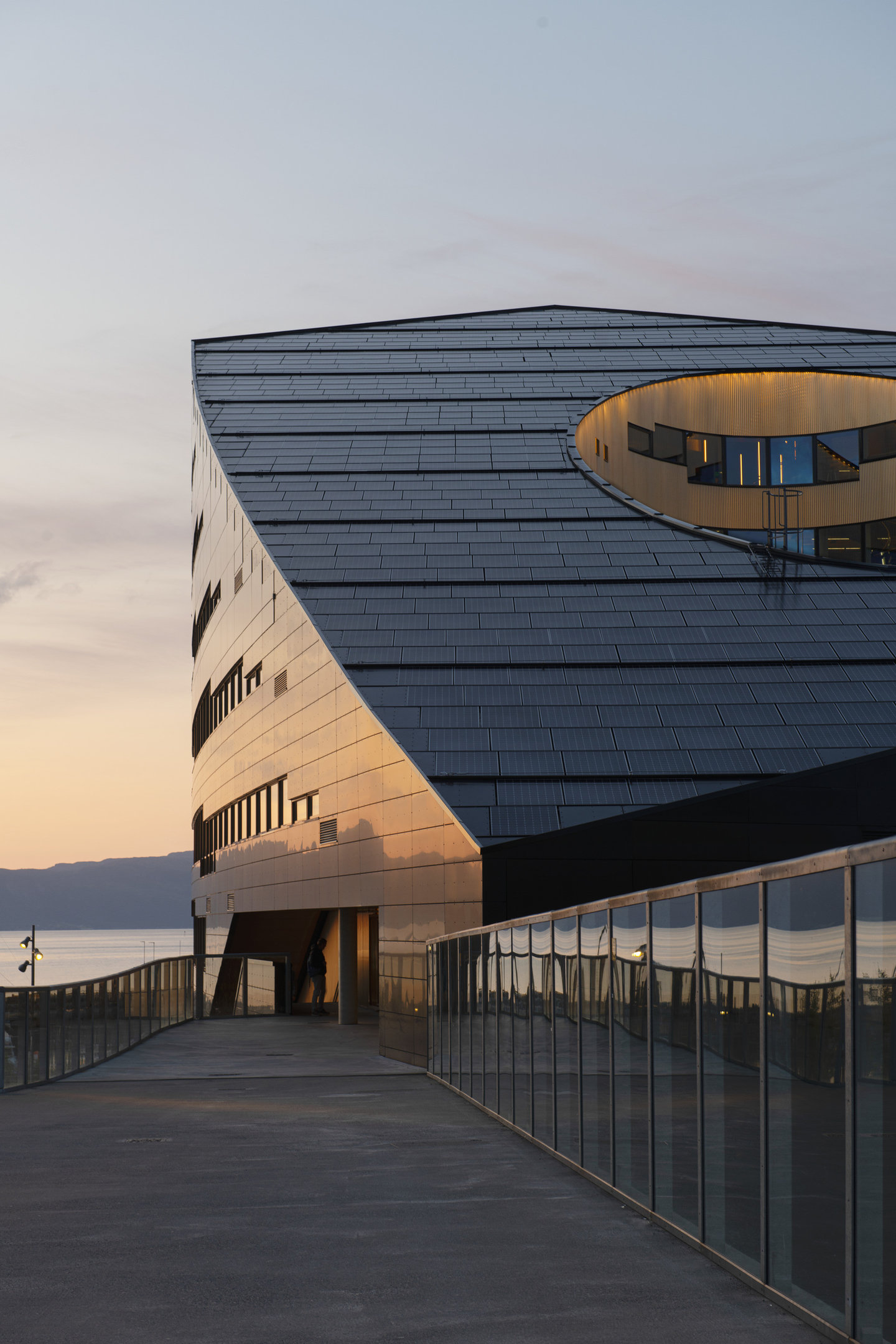
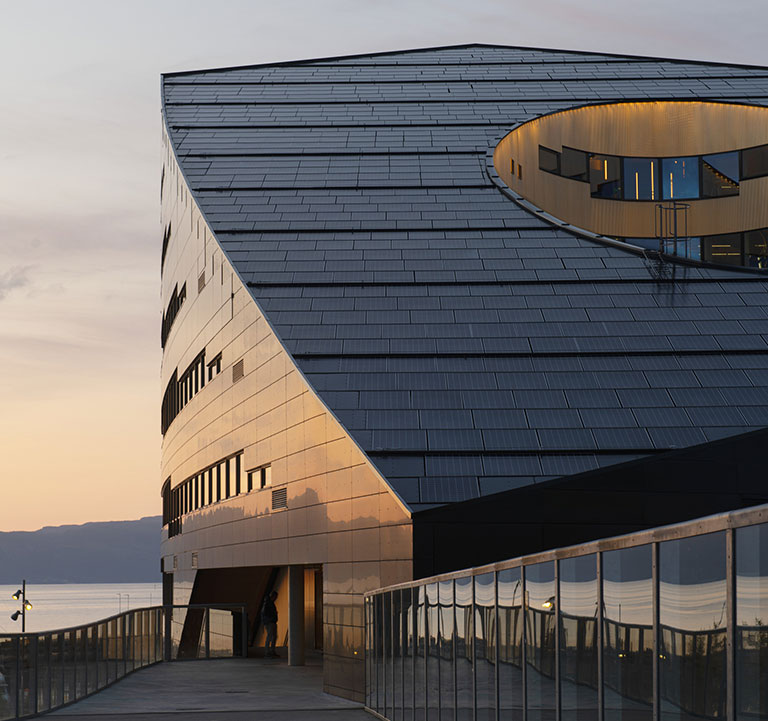
It has the highest possible BREEM rating of Outstanding, largely due to the vast numbers of solar panels on its roof. These are paired with energy storage solutions to maximise the building’s energy generation potential – particularly important given its location, at 63° north of the equator.

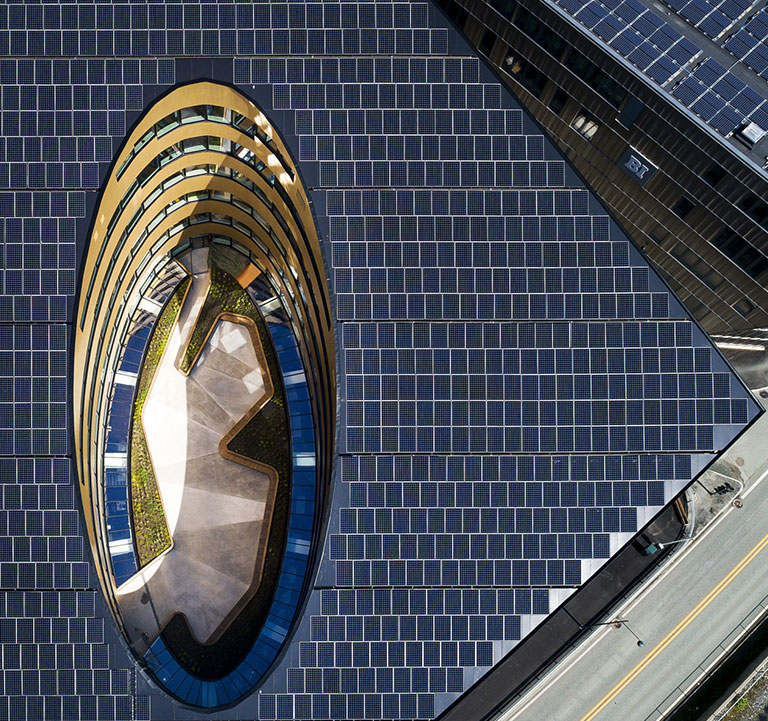
Producing 500,000kWh a year, this solar system enables the building not only to meet all of its own energy needs, but supply renewable energy to the surrounding area via a local microgrid. This allows it to power buildings, as well as electric buses, cars and boats.
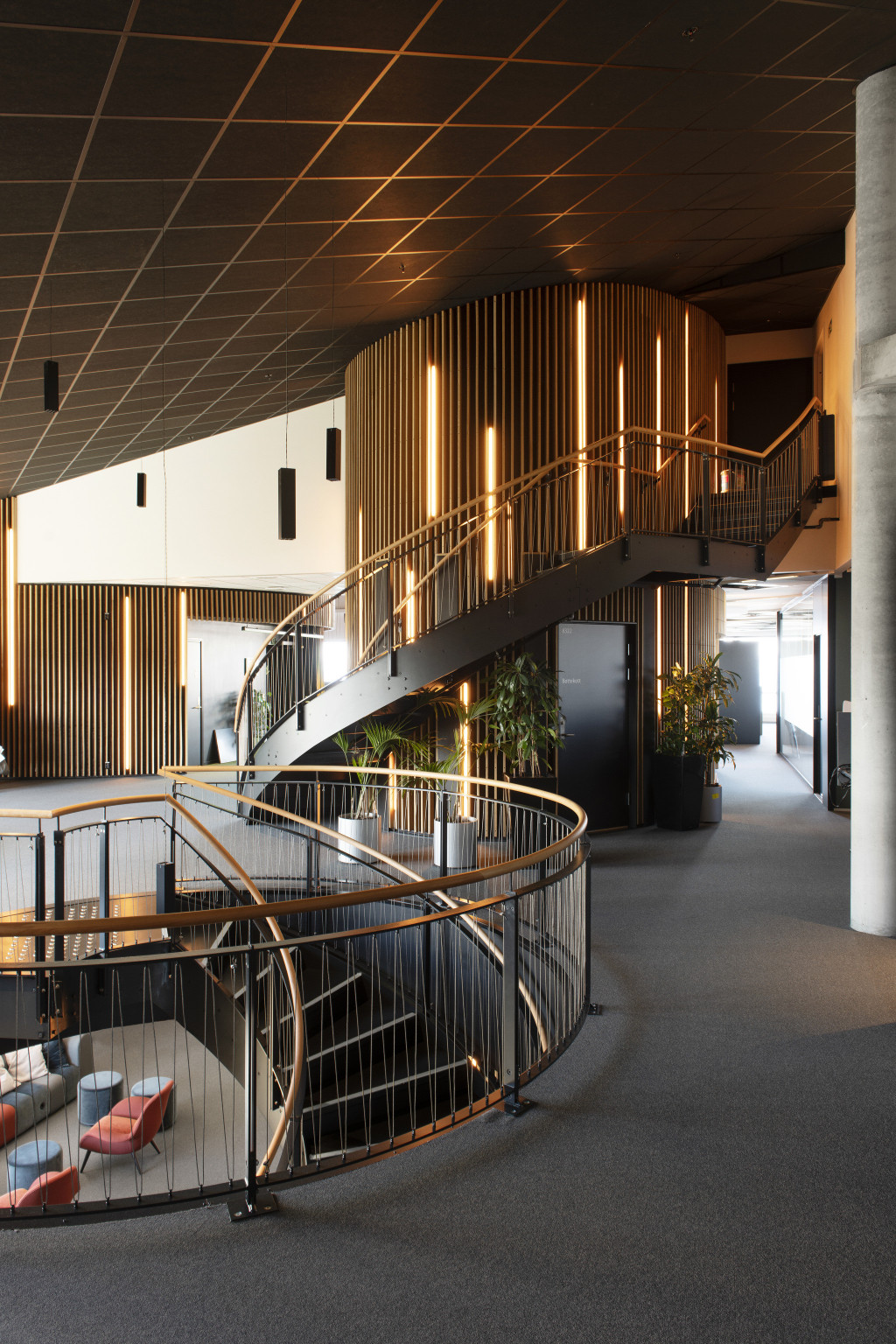

The building also makes best use of the renewable energy it generates due to a host of energy efficient features, including intelligent airflow solutions, heat recovery solutions and the use of seawater for heating and cooling.
go to top
Images courtesy of Snøhetta